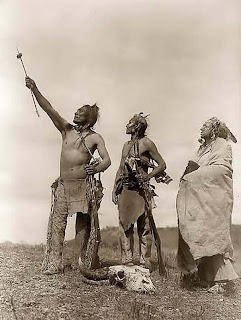So, as I implied in my previous post, I've started working the sugiot of Maakeh and Lo Tasim Damim. Interestingly enough, these two mitzvot are learned out from the same pasuk(דברים כב:ח)
כִּי תִבְנֶה בַּיִת חָדָשׁ וְעָשִׂיתָ מַעֲקֶה לְגַגֶּךָ וְלֹא תָשִׂים דָּמִים בְּבֵיתֶךָ כִּי יִפֹּל הַנֹּפֵל מִמֶּנּוּ.
The Sifrei brings the drasha:
" 'ועשית מעקה לגגך' - מצות עשה. 'לא תשים דמים בביתך' - מצות לא תעשה".
So, taking the psukim at face value, we have:
- one positive commandment to build a guardrail around one's roof
- one prohibition to permit hazards in one's home
The Implied Connection
The fact that these mitzvot share a pasuk seems to indicate a connection and the language of the Sifrei also seems to imply that these mitzvot apply together. Also, when reading many of the sources in chazal, it is not entirely clear if a source is talking about one, the other, or both mitzvot. So a key question for understanding this sugia is: What is the connection between these two mizvot, and when one applies, does the other automatically apply.
In fact, when looking at the Rishonim and Achronim, we can find both a variety of approaches. Two extremes among them are the Ramban, who implies that the two are always applied together, and the Netziv who distinguishes sharply between them.
The Ramban
The Ramban(קידושין לד.) believes that Maakeh is the dominant one of the two mitzvot. Lo Tasim Damim is only there to strengthen the severity of Maakeh. As such, Lo Tasim Damim only applies where Maakeh also applies.
ול"נ שעיקר מצותו עשה, שאין לאו שבו אלא לקיים העשה, דכתב רחמנא ועשית מעקה תחילה והדר לא תשים דמים בביתך כלומר לא תעכב מלעשות מצוה זו, ולאו שאין בו מעשה אחר אלא קיום עשה שבו הוא
 The Netziv
The Netziv
The Netziv(סיפרי עמק הנציב על הפסוק) draws a clear distinction between the two mizvot. Maakeh is the specific mitzva of building a guardrail around dangerous drops in and around your house. Lo Tasim Damim is a more general mitzva of removing dangers.
I've already brought the Netziv in full, but here are some relevant passages to understanding his shita. Red lines pertain to Maakeh, while blue pertain to Lo Tasim Damim.
And finally, it's worth checking out Reuven Taragin's shiur on Lo Tasim Damim, which turned me on to these two mekorot.












